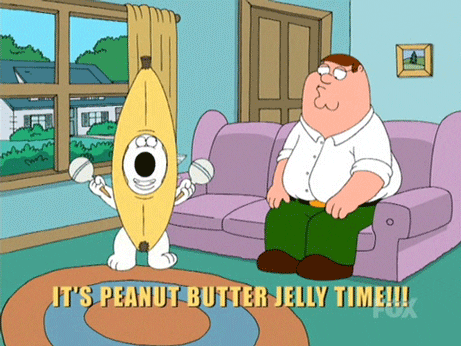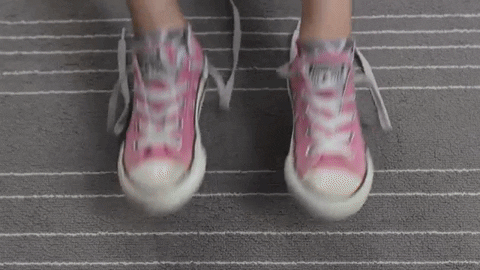Anyone who has marched DCI knows that PB&J is a staple food for almost every corps. PB&Js are frequently served alongside every meal and snack, every day, all summer! There are many reasons that drum corps serve PB&Js to their members. One of the most obvious is cost: the ingredients for PB&Js are relatively inexpensive and easy to find at any grocery store in the country. PB&Js are also are universally well-liked and easy for members to quickly self-serve, ideal for busy meal times, when up to 200+ people might be needing to fuel up.
But on top of all of these reasons, peanut butter and jelly sandwiches provide great nutrition!
Let’s break it down by ingredient:
Bread: White or Wheat
1 slice of white or wheat bread contains around 15 grams of carbohydrates, so 2 slices makes 30 grams of carbohydrates, give or take a few grams. Most breads will contain small amounts of both fats and proteins, perhaps 1-5 grams of each, depending on the brand. Both breads also contain fiber, which helps our bodies feel fuller for longer, as well as helps regulate our digestion. Wheat bread, especially whole wheat bread, generally contains more fiber than white bread.
Peanut Butter: Crunchy or Creamy
The only significant difference between crunchy and creamy peanut butter is the obvious–one is crunchy, and one is creamy! Peanut butter contains all of our macronutrients: carbohydrates, proteins, and fats! 2 tablespoons of peanut butter contain 7 grams of protein, 7 grams of carbohydrates, including 2 grams of fiber, and a whopping 15 grams of healthy fats. The combination of carbs, proteins, and fats create a super-combo of macronutrients that give us long-lasting energy and help us stay full and focused.
For people with peanut allergies, almond butter, tahini (made from sesame seeds) or sunflower seed butter are all nutritionally similar alternatives to peanut butter, though they tend to be more expensive than peanut butter. Other alternatives, like cookie butter, nutella, or granola butter, provide a similar texture and mouthfeel, but usually contain less protein and more added sugars.
Jelly: Strawberry or Grape
The main macronutrient in jelly (made from fruit juice) or jam (made from crushed fruit) is its carbohydrates: one tablespoon of jelly will have between 14-20 grams of carbohydrates, most of these in the form of natural fruit sugars and added sugars. In drum corps, a little sugar can be a good thing! Sugar and other simple carbohydrates are digested super fast, giving us energy right away. The other ingredients in the sandwich, especially the fat from the peanut butter, give us energy later on in the day, so that we can work hard for hours!
On a typical day of drum corps, PB&Js are generally served alongside the regular menu to provide an alternative for members who either do not want to eat what is being served that day, or are wanting some extra fuel to get them through a busy day of rehearsal. The average peanut butter and jelly sandwich contains between 400-700 calories, depending on the type and amount of ingredients!
Next time you’re in the line at the food truck snap a picture and tag @marchinghealth on your Instagram story! We love to share what corps are eating. Also, we want to know what you like!
Tell us about how YOU make your perfect PB&J!










